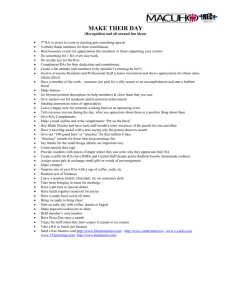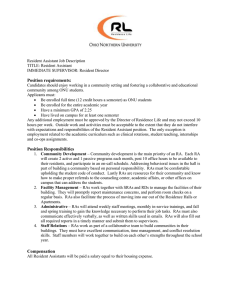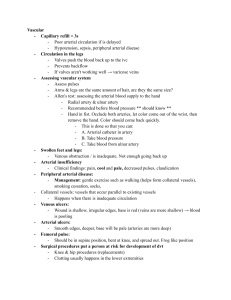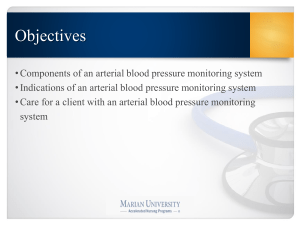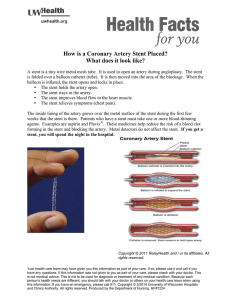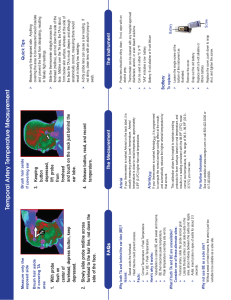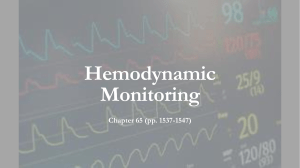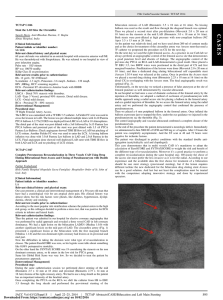AbstractID: 4811 Title: Computational representation of in-vivo acquired stenotic renal
advertisement
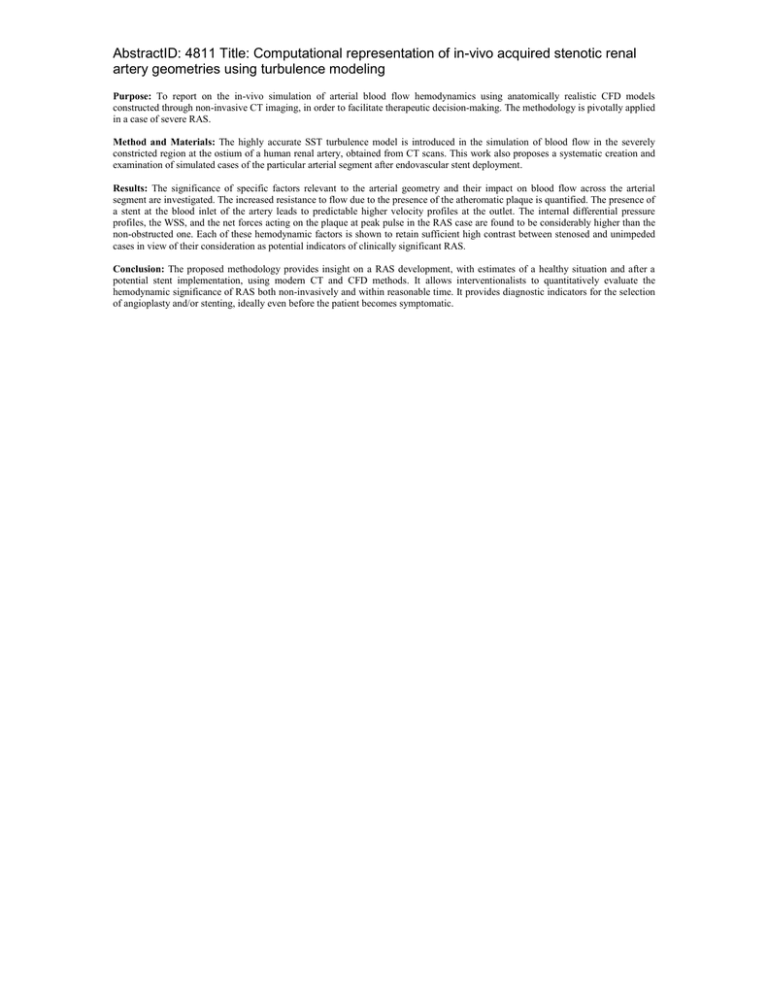
AbstractID: 4811 Title: Computational representation of in-vivo acquired stenotic renal artery geometries using turbulence modeling Purpose: To report on the in-vivo simulation of arterial blood flow hemodynamics using anatomically realistic CFD models constructed through non-invasive CT imaging, in order to facilitate therapeutic decision-making. The methodology is pivotally applied in a case of severe RAS. Method and Materials: The highly accurate SST turbulence model is introduced in the simulation of blood flow in the severely constricted region at the ostium of a human renal artery, obtained from CT scans. This work also proposes a systematic creation and examination of simulated cases of the particular arterial segment after endovascular stent deployment. Results: The significance of specific factors relevant to the arterial geometry and their impact on blood flow across the arterial segment are investigated. The increased resistance to flow due to the presence of the atheromatic plaque is quantified. The presence of a stent at the blood inlet of the artery leads to predictable higher velocity profiles at the outlet. The internal differential pressure profiles, the WSS, and the net forces acting on the plaque at peak pulse in the RAS case are found to be considerably higher than the non-obstructed one. Each of these hemodynamic factors is shown to retain sufficient high contrast between stenosed and unimpeded cases in view of their consideration as potential indicators of clinically significant RAS. Conclusion: The proposed methodology provides insight on a RAS development, with estimates of a healthy situation and after a potential stent implementation, using modern CT and CFD methods. It allows interventionalists to quantitatively evaluate the hemodynamic significance of RAS both non-invasively and within reasonable time. It provides diagnostic indicators for the selection of angioplasty and/or stenting, ideally even before the patient becomes symptomatic.
